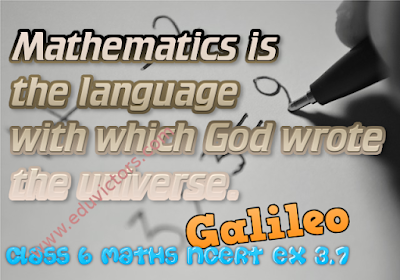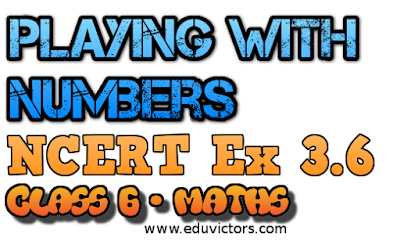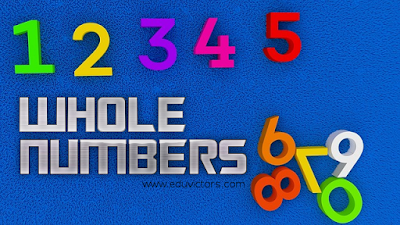Class 6 Maths | The Amazing Collatz Conjecture – A Math Mystery!
What is the Collatz Conjecture?
Have you ever played with numbers and discovered an intriguing pattern? The Collatz Conjecture (also known as the 3n + 1 problem) is a renowned unsolved mathematical puzzle that even the brightest mathematicians have yet to solve!




















